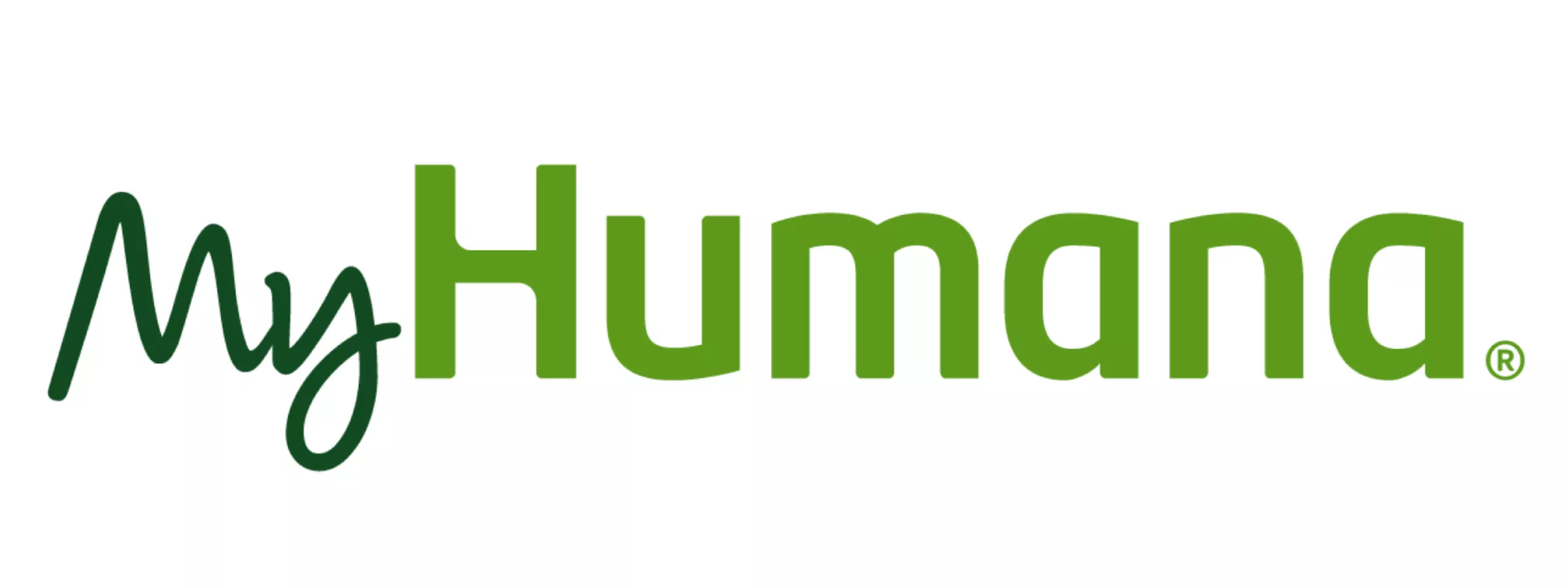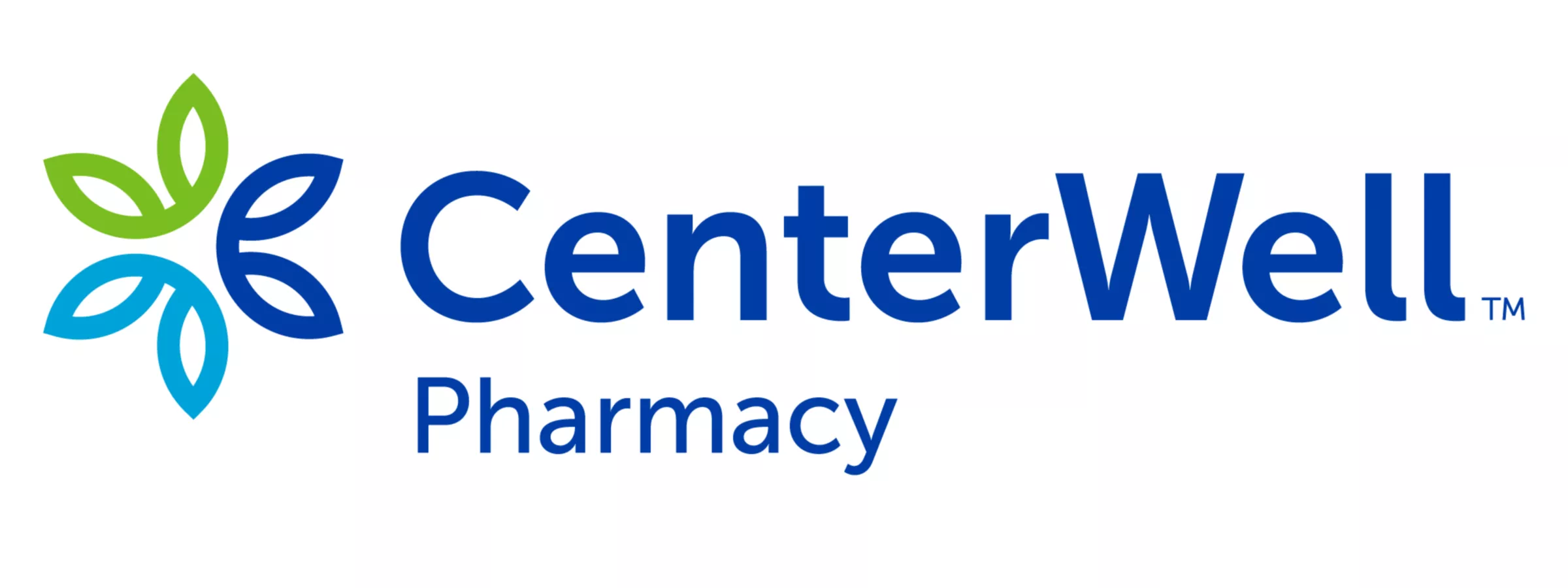The senior population in the U.S. is growing fast: from 2024 to 2027, more Americans will be turning 65 than at any other point in history.1 Meanwhile, nearly half of the Medicare-eligible population will be aged 75 or older by 2030, up from roughly 40% in 2024.2 More Americans hitting retirement age has helped drive Medicare Advantage enrollment growth. This segment of the population tends to lean toward MA plans as its preferred method of coverage for a variety of reasons, including access to supplemental benefits that aren’t available with Original Medicare, preventive services and lower out-of-pocket costs.
Enrollment in Medicare Advantage (MA) plans has skyrocketed over the past decade, crossing a threshold in 2023 when, for the first time ever, more than half the U.S. Medicare population was enrolled in an MA plan. Several factors have been driving this enrollment surge, including a growing senior demographic in the United States, a diverse array of supplementary benefits fueled by a favorable regulatory environment and an “all-in-one” approach that has made Group Medicare Advantage an attractive option for employers.
How have these factors driven enrollment growth in Medicare Advantage, and will this trend continue? This paper explores the reasons behind increasing enrollment in MA plans and whether the upward trajectory is likely to continue, especially given a changing regulatory environment.

A growing senior population


Seniors also tend to favor Preferred Provider Organization (PPO) plans, in which coverage is provided to beneficiaries through a network of selected healthcare providers. “PPO plans are less restrictive than HMO plans, and that’s attractive to seniors,” says Paul Ginsburg, professor of Health Policy at the Sol Price School of Public Policy, University of Southern California. Perhaps it’s no surprise that PPO plans have grown in recent years, now constituting 43% of all Medicare Advantage plans, up from 31% in 2019.3
Dr. Ginsburg, who recently served as commissioner and vice chair of the Medicare Payment Advisory Commission, notes there’s been concern about Medicare Advantage networks that might not include providers who are important to beneficiaries. Health Maintenance Organization (HMO) plans don’t include out-of-network benefits whereas PPO plans do include them. “Choosing a PPO rather than an HMO might be more attractive to people who are concerned about the network,” says Dr. Ginsburg

Popularity among employers

As more people reach retirement age, Group Medicare Advantage plans are attractive because of their simplicity and convenience. “The beauty of a Group Medicare Advantage plan is that it provides an all-in-one approach,” says Ari Parker, a Medicare expert and author of “It’s Not That Complicated: The Three Medicare Decisions to Protect Your Health & Money.”
Although Group Medicare enrollment has accounted for roughly the same share of total Medicare Advantage enrollment since 2010 (at 18%), the number of group enrollees has increased significantly, from 1.8 million in 2010 to 5.7 million in 20244 as Medicare Advantage enrollment has grown overall.
From a plan sponsor perspective, Parker notes that Group Medicare is appealing because it saves employers the overhead costs and administrative burden of running their own employer-sponsored retiree plans. “We’ve seen a huge shift away from those,” says Parker. The statistics further confirm this trend: According to a study by the Kaiser Family Foundation, 56% of large employers offering retiree health benefits to Medicare-age retirees in 2024 offered coverage to at least some retirees through a Medicare Advantage plan, more than double the share in 2017 (26%).4
A favorable regulatory environment has helped make Medicare Advantage plans more attractive over the past several years. Financial incentives embedded in Medicare’s payment system, such as plan rebates, have supported generous supplemental benefits, lower cost sharing and limits on out-of-pocket spending. “It’s a very attractive economic option for beneficiaries,” says Dr. Ginsburg. “Between free Part D drug coverage and catastrophic protection, which isn’t included in Traditional Medicare, and other aspects of lower cost sharing, plus a lot of extras.”
More plan options and benefits
Over the past few years, another driver of Medicare Advantage enrollment growth has been a proliferation in both the number of available plan options and the range of supplemental benefits. “There are a lot of extras that beneficiaries get with Medicare Advantage, and those extra benefits have been increasing,” says Dr. Ginsburg. “This also draws more health plan participation into the market.”
To underscore this point, consider that the average senior has access to 44 different plans, the result of a trend that has seen 80% growth in the number of plan options over the past five years.5
Along with an increasing number of plan options, the past few years have also seen growth in supplemental benefit offerings. The favorable regulatory environment has enabled payers to increase product richness by offering new and more generous benefits, making Medicare Advantage more attractive when compared with Original Medicare. Extra benefits, such as hearing aids and dental coverage, are especially attractive to seniors. “Under Original Medicare only the rarest dental items would be covered, and it would be out of medical necessity,” explains Parker. “Medicare Advantage plans have done a very successful job at offering additional dental coverage—both preventive and comprehensive services.”

Original Medicare also doesn’t come with drug benefits (in other words, Part D isn’t included), meaning people on Original Medicare don’t have prescription coverage. In comparison, most Medicare Advantage plans come with drug coverage. “Medicare Advantage is a bundled approach, and people like that,” says Parker, comparing this to Original Medicare, where beneficiaries pay for expenses “a la carte.”
Enrollment growth is expected to continue
Looking ahead, enrollment in Medicare Advantage is expected to continue, even as a changing regulatory landscape exerts pressure on payers and plan sponsors.
Dr. Ginsburg notes that constrained payment rates are likely to lead to higher premiums or plan benefits being reined in. “I suspect that enrollment will still grow, just not as rapidly,” he says.
In addition, new reporting requirements from the Centers for Medicare & Medicaid Services (CMS) around benefit utilization may impact benefit design going forward, as CMS starts asking more questions to assess efficiencies.
However, a more curated approach to supplemental benefits and plan options won’t necessarily be a bad thing.
“It makes it harder for beneficiaries to make wise choices about which plan to join when there are so many,” says Dr. Ginsburg. He notes that from a policy perspective, it might be best to limit the number of products that any Medicare Advantage organization can offer within a market.
Parker echoes this sentiment. “I imagine many plans will be redesigned based on new guidance that you can’t offer every benefit under the sun—it has to be directly related to improving healthcare outcomes,” he says.
He adds that plan members’ top concerns are ensuring their doctors are covered, prescriptions are covered affordably and the plan meets their needs, such as being covered for medical care if they spend extended time with family who live in a different state. These are all things payers and plan sponsors should keep in mind as beneficiaries’ care needs become more complex as they age.
“For Medicare Advantage to continue to grow, carriers are going to need to be thoughtful about the way they design their plan networks,” says Parker.
- Anne Marie D. Lee, “America Is Hitting ‘Peak 65’ in 2024 as Record Number of Boomers Reach Retirement Age. Here’s What to Know,” CBS, last accessed, August, 16, 2024, https://www.cbsnews.com/news/retirement-medicare-401k-what-to-know-peak-65/
- “Despite Slowing Growth and Regulatory Headwinds, Medicare Advantage Enrollment Remains Strong and Outlook Positive,” Chartis, last accessed August 16, 2024, https://www.chartis.com/about/news/despite-slowing-growth-and-regulatory-headwinds-medicare-advantage-enrollment-remains
- “The future of Medicare Advantage,” McKinsey & Company, last accessed Aug. 16, 2024, https://www.mckinsey.com/industries/healthcare/our-insights/the-future-of-medicare-advantage
- Meredith Freed et al., “Medicare Advantage in 2024: Enrollment Update and Key Trends,” KFF, last accessed June 16, 2025, https://www.kff.org/medicare/issue-brief/medicare-advantage-in-2024-enrollment-update-and-key-trends/#:~:text=Group%20enrollment%20as%20a%20share,in%202024%20(Figure%205)
- “Mounting headwinds in Medicare Advantage market haven’t stopped growth,” Chartis, last accessed Aug. 16, 2024, https://www.chartis.com/insights/mounting-headwinds-medicare-advantage-market-havent-stopped-growth


